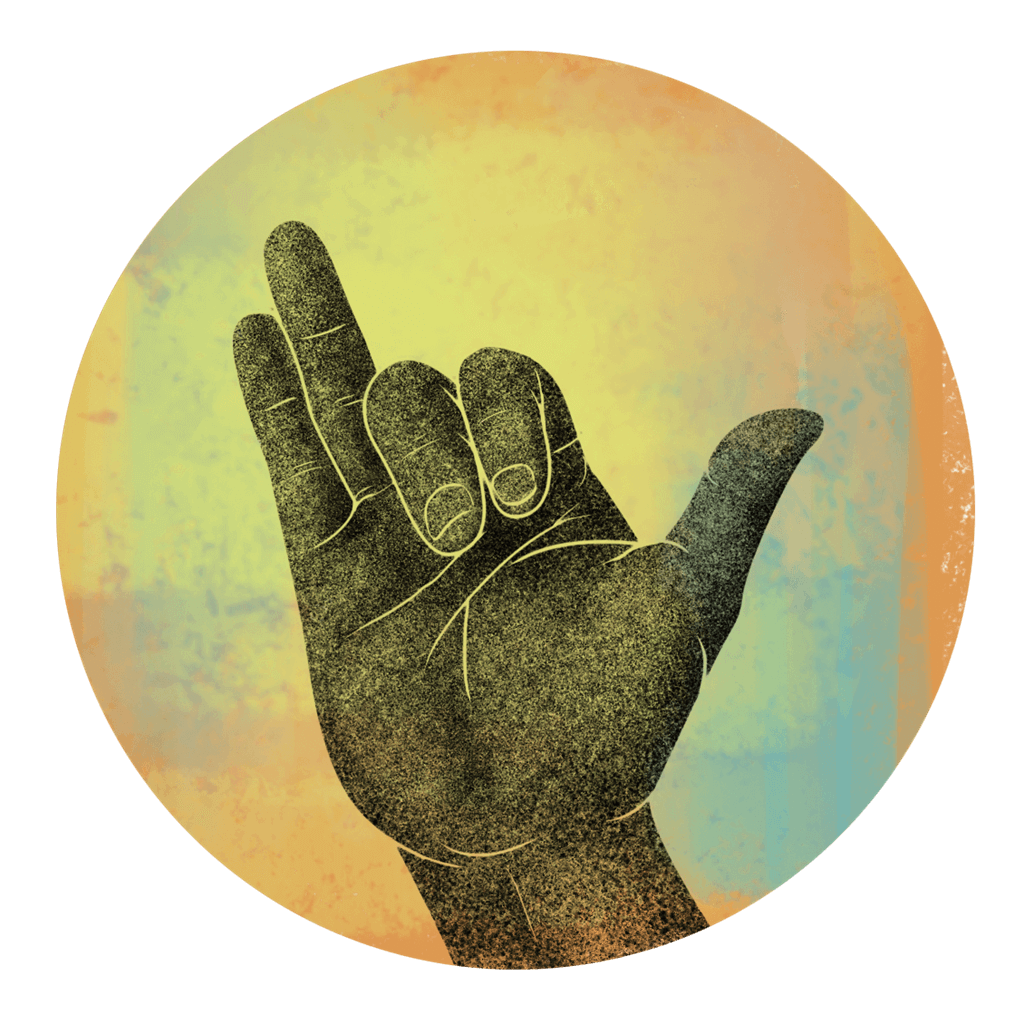Consciously becoming aware of the breath through pranayama is a way to manage our energy or life force.
When it comes to anxiety, one of the most impactful tools is using the breath. Becoming mindful of breathing can allow for physiological and mental shifts that can alleviate anxiety.
What Is "Anxiety"?
First, I want to mention that "anxiety" has recently become sort of a buzzword.
Mental health is something that is very fortunately becoming more talked about which is very helpful to reduce stigma.
But it is important to understand that when people say "anxiety," it does not always mean they are talking about a diagnosable anxiety disorder.
There are a certain set of criteria that doctors and psychiatrists look for when diagnosing an anxiety disorder. These can include:
- Excessive worry for a period of six months or longer
- Impaired concentration
- Difficulty sleeping
- Irritability
- Increased muscle tension
- And many other possible symptoms.
However, generally speaking when using this word as part of the English language, "anxiety" can be synonymous with "worry" or feeling "nervous." This distinction is crucial for us to acknowledge and it is not something that everyone understands clearly.

In our current culture, we are consistently connected through the internet. Along with this comes the expectation of being constantly available and reachable.
An unfortunate consequence is that we are often overstimulated and not able to properly rest and relax our minds. This has produced a lot of anxiety in our modern culture.
The important thing is to become aware of your feelings of anxiety and take measures to alleviate them so that they don't develop into symptoms that could be classified as a full blown anxiety disorder.
Here, I will present some pranayama that are recommendable for working with anxiety. Using them can be preventative measures to keep your anxiety in check. They may also help to alleviate any discomfort if anxiety starts to become unmanageable.
Read: How Meditation can Help Soothe Your Stress and Anxiety
1. Anulom Vilom (Also Referred to as Anuloma Viloma and Nadi Shodhana)
This is my personal favorite pranayama for anxiety. It is alternate nostril breathing. Sometimes it's done using a certain ratio and the hands in certain mudras.
For example, breathing in through one nostril for a count of four, holding the breath for a count of 16, then releasing the breath through the opposite nostril for 16. This ratio can be very challenging for beginners and remembering the ratio can often produce more anxiety for beginners as well!
A side note: There is a lot of debate about whether anulom vilom and nadi shodhana are the same thing. While they are taught in varying ways, the essence is always the same – so don't let this be another source of anxiety!
Here is an easy beginners way to practice this pranayama:
- Sit with an erect spine. Your left hand on can be placed on the left knee. Set a timer for between one and 10 minutes. You may want to start with just one or two minutes and work your way up to longer.
- The right hand thumb closes the right nostril. (If you like, you can form Vishnu mudra with your right hand.)
- Inhale through your left nostril, then use your two smallest fingers to close your left nostril.
- Hold the breath.
- Exhale through the right nostril.
- Repeat for the opposite side. Inhale through the right, close, hold, and exhale through the left.

You can add in a ratio of breaths once you get the hang of the technique. You may want to start with this easy ratio: 4-4-4. This means counting your inhale for four, holding for four, and exhaling for four.
If you are able to introduce the ratio 4-16-8 (inhale for four, hold for 16, and exhale for eight) then you will be giving yourself an opportunity to reduce your heart rate.
Reducing the heart rate is a key component of alleviating anxiety. When an exhale is elongated to be longer than the inhale, the heart rate typically decreases.
When we are feeling anxious, usually our sympathetic nervous system is activated and our heart rate has increased. This process of deepening the breath, especially on the exhale, allows for activation of the parasympathetic nervous system, which signals to the body that it is safe to rest.
Read: Hidden Magic: The Power of Nadi Shodhan Pranayama
2. Full Yogic Breath
This pranayama can be down sitting or laying down. It is easiest to try laying down first. It is a three part inhale and three part exhale to create a full yogic breath.
- Inhale into the belly
- Inhale into the ribcage
- Inhale into the chest
- Exhale from the chest
- Exhale from the ribcage
- Exhale from the belly
This pranayama teaches us to focus on our breath and use our full lung capacity. Focusing on the breath calms the mind, and breathing this deeply supplies our body and brain with the oxygen it needs to calm anxiety related tension.
Read: Dirgha Pranayama: An Introduction to 3 Part Breathing
3. Ujjayi Breath
This breath is also known as "ocean breath" and is done by taking a deep breath and then creating a sound in the back of the throat while breathing out a long deep exhale.
I've included ujjayi pranayama because anytime we bring our focus back to our breath, we are better able to focus and calm the mind. It may also soothe anxiety by decreasing the heart rate.
Read: 5 Ways You Can Naturally Relax With Just Your Breath
4. Bhramari Pranayama (Bumblebee Breath)
Bhramari pranayama is done by exhaling in a way that sounds like a bee's buzz. Setting a timer can also be helpful for this practice in order to set aside a certain amount of time and be as present and focussed on the practice as possible.
- Place your index fingers into your ears
- Inhale through the nose
- With the mouth closed, making a humming noise while exhaling
- Repeat as many rounds as you like or until your timer goes off
This practice stimulates the vagus nerve and has been shown in a 2010 study to activate the parasympathetic nervous system, thus decreasing anxiety.
Read: Bumblebee Breath: The Power of Bhramari Pranayama
Our Connection to the Present Moment
Some say that anxiety is based in the future. Using pranayama to connect to our breath allows us to anchor ourselves into the present moment.
We are alive now.
We breathe in the oxygen from the trees exhalation, and breathe out carbon dioxide to supply the trees inhalations.
We are living in unity with nature in the here and now.
Bringing our awareness to this allows us to be present, breaking us free from the stream of thoughts that are creating or contributing to feelings of anxiety.
These pranayama also physically calm our bodies by giving them the oxygen they need.
During These Times of Stress and Uncertainty Your Doshas May Be Unbalanced.
To help you bring attention to your doshas and to identify what your predominant dosha is, we created the following quiz.
Try not to stress over every question, but simply answer based off your intuition. After all, you know yourself better than anyone else.